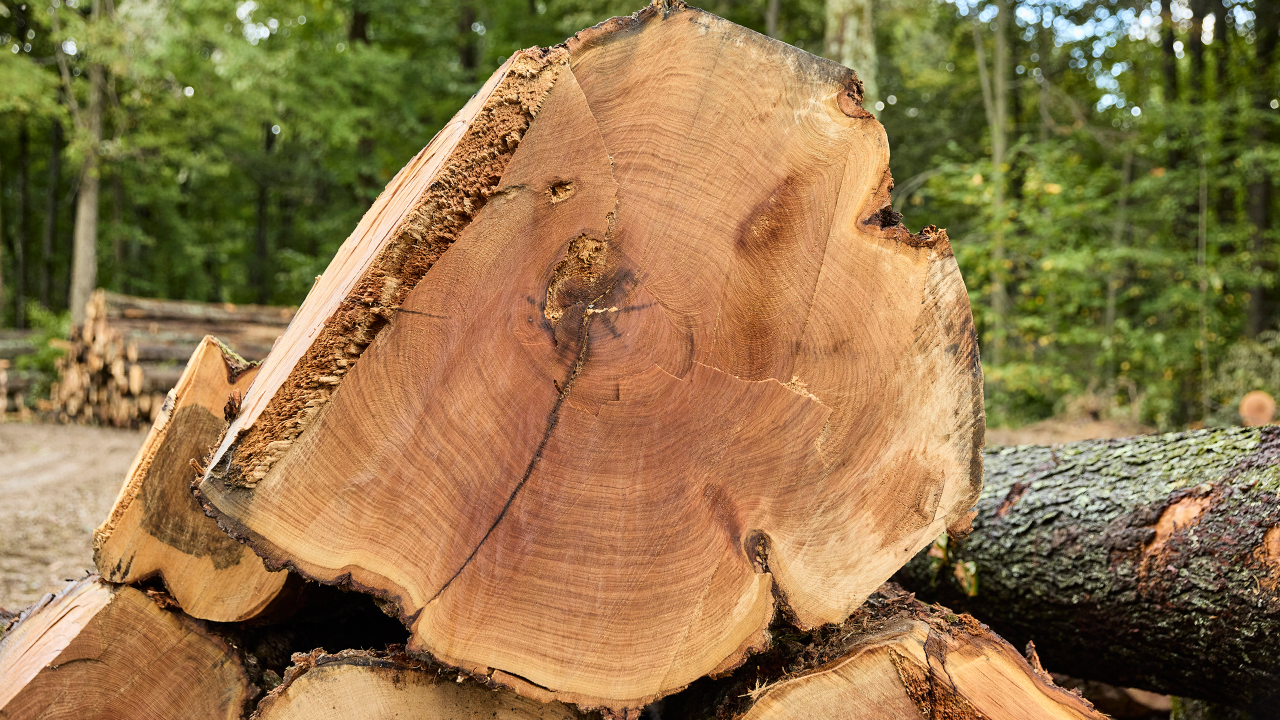Environmental Impact
Environmental issues are only effectively integrated into material specification and green building design through a scientific Life Cycle Assessment (LCA) based approach. LCA involves the collection and evaluation of quantitative data on all the inputs and outputs of material, energy and waste flows associated with a product over its entire life cycle so that the environmental impacts can be determined. LCA is universally applicable to all material sectors so that objective, science based comparisons can be made of their true environmental impact. LCA also provides a tool allowing industry to identify the most efficient ways of reducing these environmental impacts, ensuring that efforts to reduce one impact do not result in environmental degradation elsewhere.
Since 2010, AHEC has been compiling and making accessible data on the life-cycle environmental impact of American hardwood in line with international carbon footprint and LCA standards. The first phase of the research involved the publication of an ISO-conformant report on the LCA of rough-sawn kiln-dried American hardwood lumber. Drawing on this work, AHEC is now able to model the full environmental impact of delivering U.S. hardwood lumber and veneer to any market in the world.
LCA data can be individually tailored to any one of 19 U.S. hardwood species which together account for over 95% of all U.S. hardwood production. This data is reported in the American Hardwood Environmental Profiles (AHEPs) which can be supplied by AHEC Members with each individual consignment of hardwood. LCA data is also now routinely collected, analysed and reported as an integral part of AHEC special projects and case studies.
The data gathered and experience from these projects and case studies confirms that U.S. hardwoods have a low impact on the environment from the point of extraction through to final disposal. Extracting and converting U.S. hardwood for use in a wide variety of applications requires considerably less energy than most other materials. LCA studies commissioned by AHEC have revealed that at least 90% of the thermal energy required to manufacture U.S. kiln dried lumber derived from biomass. The carbon stored in U.S. hardwood at point of delivery to any country in the world almost always exceeds the carbon emissions associated with extraction, processing and transport.
U.S. hardwoods are also well suited to the new trend towards biomimicry, involving the redesign of industrial systems on biological lines and enabling the constant reuse of materials in continuous closed cycles. Because they are untarnished by mixing with other materials and chemicals, U.S. hardwoods are readily reusable and recyclable at the end of a product’s life span. Those U.S. hardwood components needing to be disposed of are biodegradable and non-toxic. They may also be safely incinerated, providing a carbon-neutral source of energy.
AHEC’s LCA work shows that, while designers can reduce impacts simply by selecting U.S. hardwoods, achieving the full environmental benefits depends on other choices and practices, such as efficient energy and material management and product durability. U.S. hardwood suppliers and customers also have a collective responsibility to make best use of the full range of hardwood species and grades derived from the U.S. forest. Too much focus on the best grades of a few popular hardwood species like oak and walnut increases pressure on one part of the resource and encourages waste.

